Yes, it is. Like any other watersport, kayaking also involves a set of potential dangers that can harm you or your loved ones.
However, if you know your threats and how to face them, it’s relatively easy to avoid and make kayaking as safe as a walk in the park.
Kayaking is a lot safer than many other hurdles we have to overcome on a daily basis. Having a clear and conscious idea about the potential risks and having the proper equipment nearby can make your kayaking safer than walking through the woods.
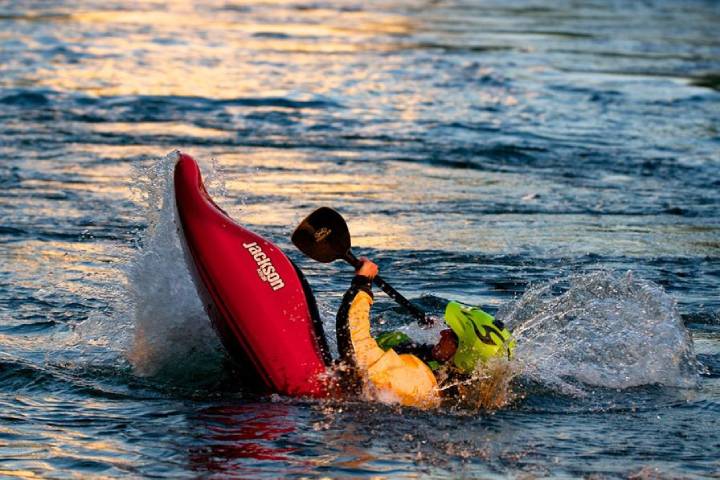
Real Risk vs Perceived Risk
Perceived risk
Perceived risk is a concept that describes how dangerous a situation can become. Often the actual risk involved is lower or greater than the perceived risk. Skydiving, scuba diving may sound a lot dangerous, but with the right precautions, the actual risk is much lower.
Real risk
This is how much dangerous a situation actually becomes. The most fatal mistake you can make while kayaking in the wild is confusing the perceived risk with the real one.
In most cases, the real risk was much greater than the victim imagined it would be.
On the other, understanding what actual danger lurks within the water may save you your precious life even when the odds are against you.
The Possible Dangers of Kayaking
Drowning
All kinds of water activities have some common dangers and drowning is among the top of them. This is especially dangerous if you don’t know how to swim and you are alone.
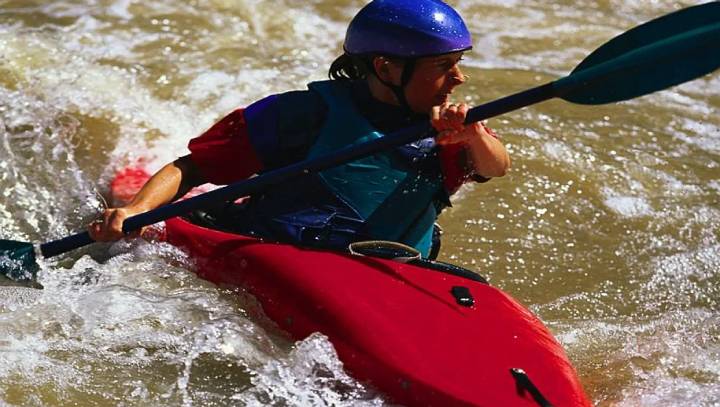
However, that doesn’t mean that people who can’t swim shouldn’t go kayaking either. Even if you know how to swim, that doesn’t always guarantee your safety.
Strainers, sweepers, and undercuts
Much like the strainer you use in your shower or toilet, a strainer is anything submerged or stuck in the water that lets the water pass but won’t let bigger items like you or your kayak pass.
Sweepers are obstacles like low-hanging tree branches that are jutting out across the water surface and can cause damage similar to the strainers.
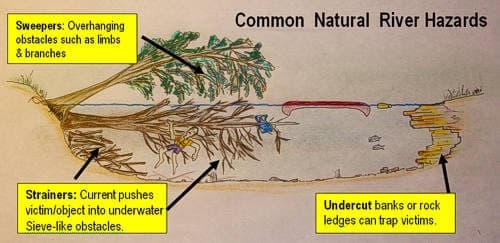
Undercuts are part of the bank that overhangs the river and creates an entrapment. They are easy to miss and can trap your kayak badly.
Hypothermia & cold water shock
The water itself can become a serious threat if you are not careful, especially if the water is cold. A water temperature of 60°F or below can make you paralyzed temporarily.
The first minute of the cold shock is the worst since you might lose the ability to control your breathing.

The lower your body temperature gets, the more dangerous it becomes. Coldwater shock may lead to hypothermia, loss of swimming ability, confusion, exhaustion, and unconsciousness – all of which can become fatal if not treated swiftly.
Getting lost
This happens mostly at the sea. It’s hard to keep a sense of direction when there is no landmark and you have no idea how fast you can move through the waves.

That is crucial to keep communication devices nearby and keep an eye out for the time and distance. Unless you know exactly what you are dealing with, it’s better to stay in groups while you go kayaking.
Dehydration
Kayaking needs a lot of energy and before you know it, your body can become dehydrated. The water around you isn’t safe for drinking in most cases. The longer you paddle, the more your body needs water.
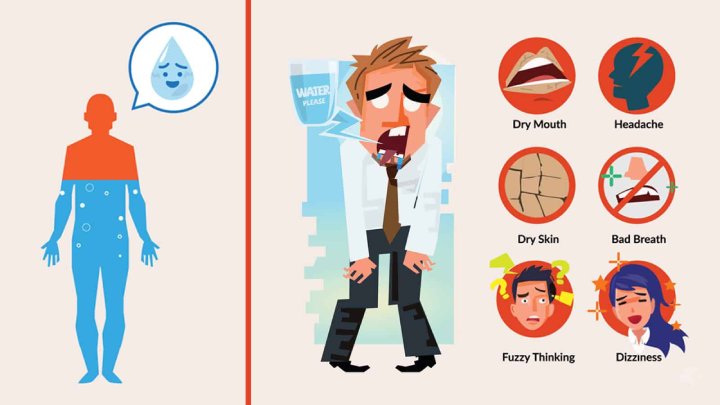
Dehydration can make you feel dizzy and cause fatigue, confusion, and extreme thirst. Your body can even become too weak to paddle. If nothing else, it can definitely ruin your experience.
Weirs & low-head dams
This might be true that low-head dams look pretty calm and safe, but the reality is far from it. Also known as the “Killer in our river” or the “drowning machine,” low-head dams pose a serious threat to any object that gets caught in its destructive hydraulic forces.

The water turbulence can be so dangerous that it can trap anything that comes in contact and even your life jacket/PFD won’t be able to help you once you get trapped.
A weir is a horizontal barrier across a river that works and poses threats similar to low-head dams.
Drinking & paddling
Getting anything done while you are drunk becomes a lot harder than it actually is. Anything that can impair your ability to navigate the waters safely can also become fatal.
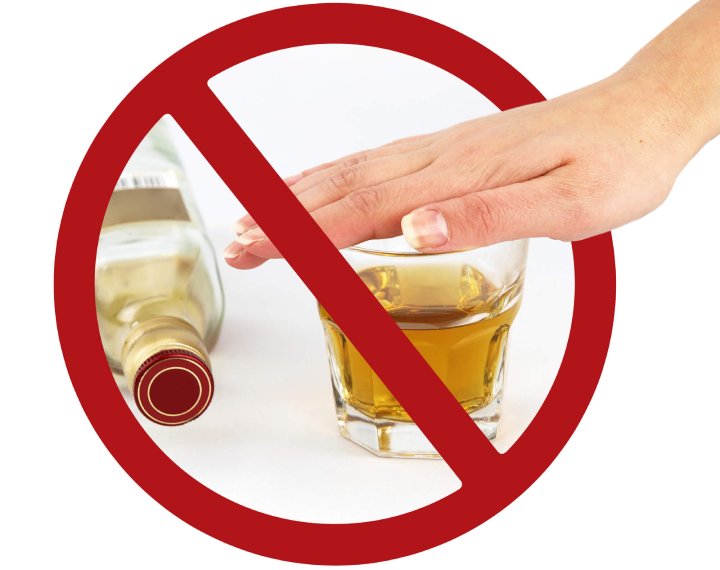
According to a study, alcohol and drug consumption is the prime leading cause of unfortunate deaths. That is why drinking and paddling is considered a federal offense.
Undercut rocks
In the hilly rivers, strong currents can make the water turbulent and hide any undercut rocks that lie beneath.
The formation of rocks can trap fallen trees or other debris that is potentially harmful to your boat. They are frequent in whitewater with strong currents.
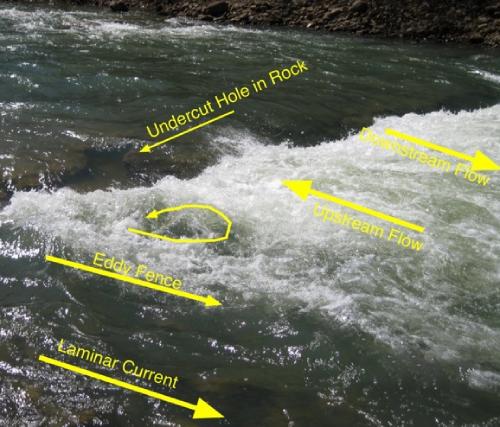
Like any other water-obstacles, it would be best to avoid them if you can. It’s better to be safe than to be sorry.
Inexperience
Biting more than you can chew never ends up with a pleasant experience. The water and the route you choose should always match your skill level to avoid any unpleasant outcome.
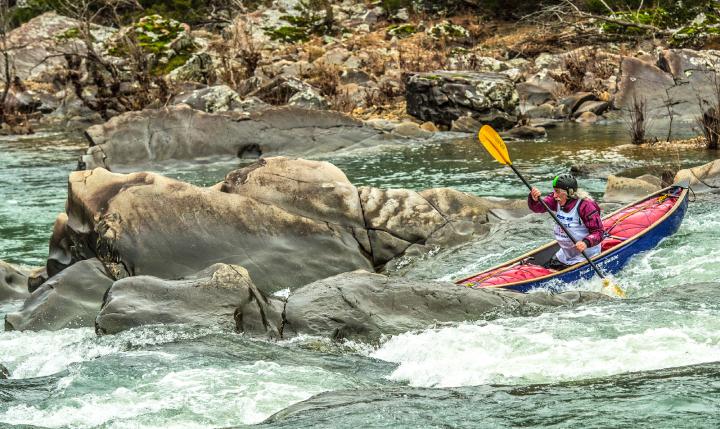
Be practical and don’t take luck for granted. Do your homework before you even touch the water.
Prepare yourself for the worst and don’t try to bite more than you can stomach. Keep your kayaking in the flat water until you know what you are doing.
Rough weather & sun exposure
Kayaks can’t protect you from the weather. Rough weather and kayaking just don’t get along. From scorching sun to high winds and thunderstorms, every extreme weather condition is bad for kayaking.
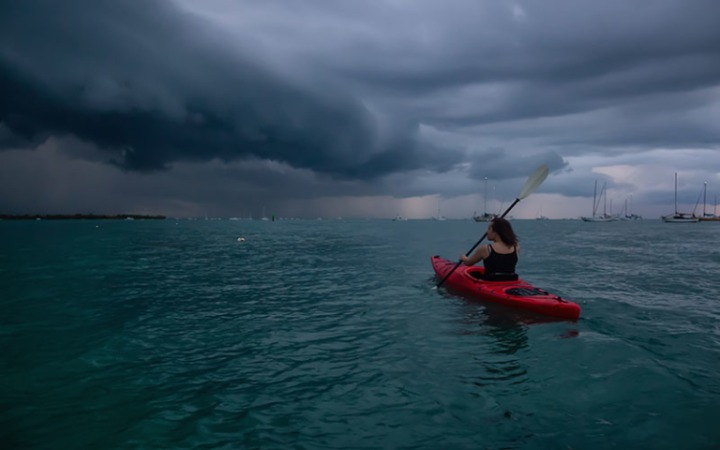
Some unfortunate outcomes of the combination of rough weather and kayaking include heat stroke, sudden temperature drops, dehydration, poor visibility, heat exhaustion, and wind tossing your kayak around.
Everything mentioned in the article becomes 10 times more dangerous if you add rough weather into the mix.
Capsizing
Capsizing isn’t a matter of “if”, rather than “when”. Almost every case of kayaking-related incidents are tied with capsizing as well. Flipping over the kayak is fairly common, however. The danger begins if you get trapped underneath the flipped kayak.

Keeping your nerves calm is the biggest challenge in these scenarios. Be on your guard so that you can be ready when your relaxing paddle transforms into fighting-for-your-life mode within seconds
Water conditions
Water is full of waves, tides & currents that can quickly turn any situation worse, especially in the ocean. Unless you want to fight the mighty water, you better be prepared. Know the water temperature and follow your kayaking routes.
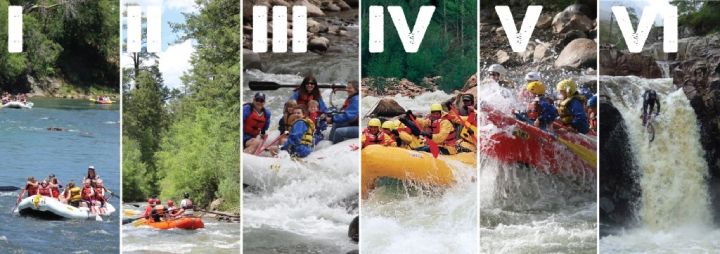
Conforontonting rougher rapids (Class III or above) can increase the chance of capsizing and drowning whereas cold waters can cause cold water shock and hypothermia.
Collision with other watercraft
This happens frequently in poor visibility conditions or at night. Accidents don’t come announced and neither will an unsuspecting watercraft until it’s too late. If you share the waters with sailboats, powerboats, jet skis, or big ships, the risk grows much higher.
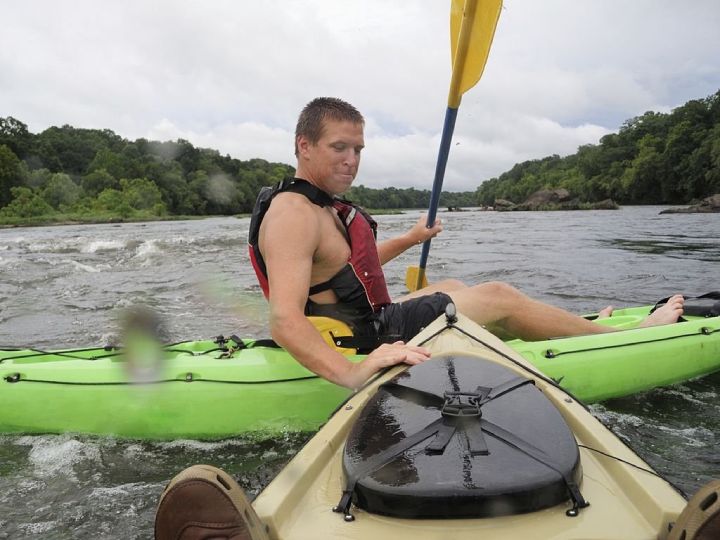
The easiest way around is to make sure the others know about your location. Displaying a light, making a sound can be the best way to let them know.
Wildlife
Kayaking is a journey through wild nature and sooner or later you are bound to come across the wildlife that resides in and around the water.
The best course of action you can take in such encounters is keeping a safe distance, avoiding the young, and paddling away. You are guests in their territory so be sure not to upset them.
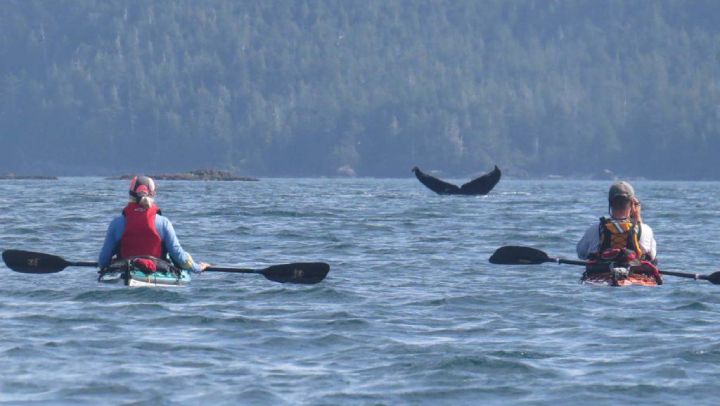
Wrong equipment and wrong use
Life jacket/PFD can’t bring you back from the dead or perform any other miracle. It just helps you to stay afloat. Equipment can’t save you, they just help you to save yourself. That is why it is critical to use the right equipment, in the right way.
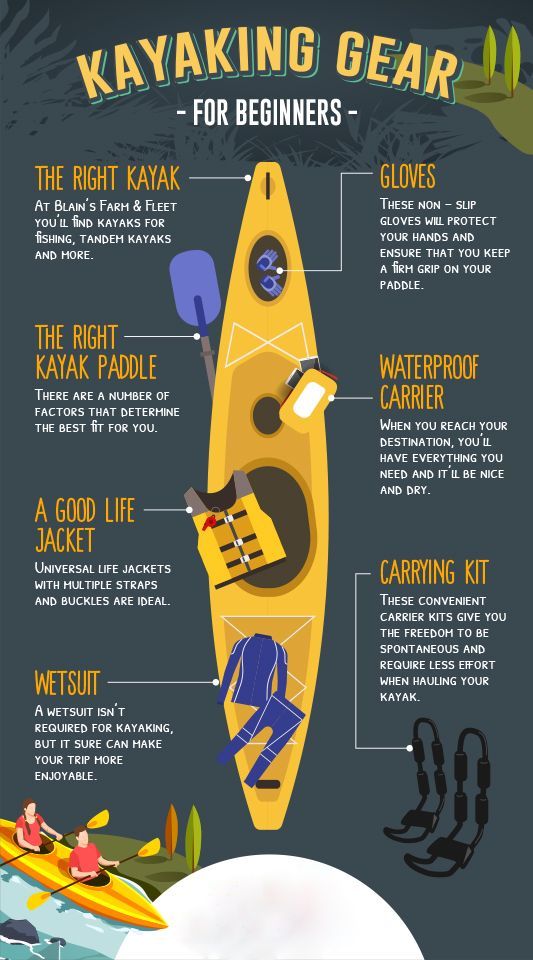
Remember, preparation is half the battle. So choose the appropriate boat for your special type of kayaking, PFD that fits perfectly, and any other accessories depending on the type of kayaking you are going for.
Kayaking safety tips
- Always use appropriate size PFD/life jacket
- Try to avoid paddling alone, stay in groups
- Avoid strainers, undercuts, sweepers, and low-head dams at any cost
- Try to keep your nerves calm in case you fall into the water
- Remember the 1-10-1 rule if you fall into cold water
- Keep a change of cloth nearby
- Learn how to rescue yourself in the water
- Don’t mix drinking/drugs and kayaking
- Do your homework beforehand
- Wear reflective clothing if you have to share the water
- Keep appropriate equipment on-board
- Stay hydrated, keep enough food and water nearby
- Do not engage wildlife unless you must
- Beware of off-shore winds, strong currents, and hydraulic pressures
- Maintain appropriate clothing for your climate (Including helmet)
FAQs
1. What should I bring on a kayak?
Ans: Here is the checklist of the things you can carry while kayaking to minimize the risk factors:
- 1 paddle per person plus a spare
- 1 PFD (with padding knife attached) per person
- Bilge pump
- Sprayskirt
- Headlamp and flashlight with extra batteries
- Signaling whistle
- Orange flag
- Emergency flares or Strobes (for the night)
- Paddle float and paddle leash
- Towline (in a dry/waterproof bag)
- Compass, watch, two-way-radios, and GPS (pre-loaded with correct maps)
- Extra dry bags
- Large Sponge
- Float Bags
2. Are kayaks safe for beginners?
Ans: Yes, there are kayaks specially built for recreational purposes. They are wider than most professional kayaks and are a good place for beginners to start. They provide additional stability and are easy to use.
3. What do I wear during kayaking?
Ans: Hypothermia can attack you even if you don’t fall into the cold weather. That’s why it’s better to keep your body protected from the elements and the environment. Regular clothing is okay during the summer but you’ll need a wetsuit during the winter. Never abandon your PFD.
4. Is kayaking safe for children?
Ans: Yes, kayaking is safe for children but never alone. Keep your kids close and teach them to follow instructions. Children over the age of 4 are eligible for kayaking once they learn to follow instructions.

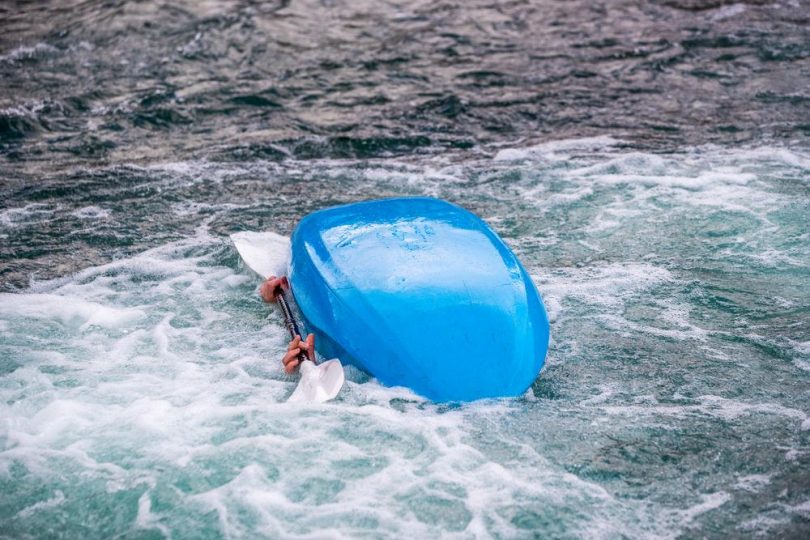


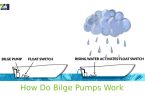



Leave a Comment